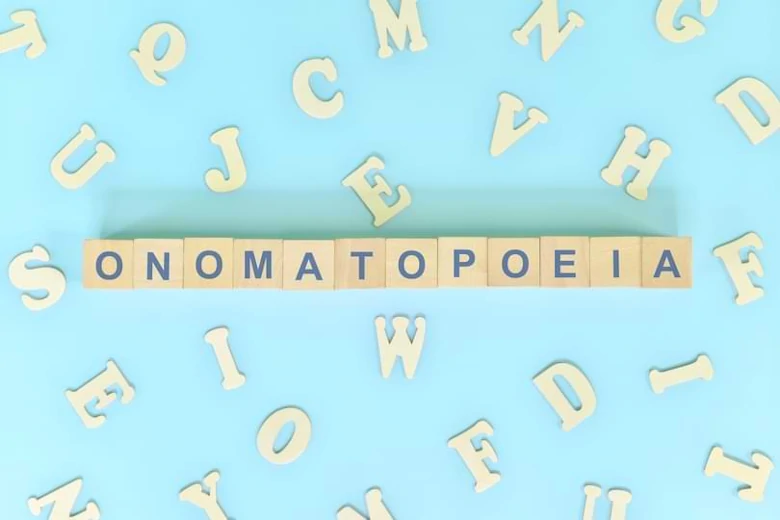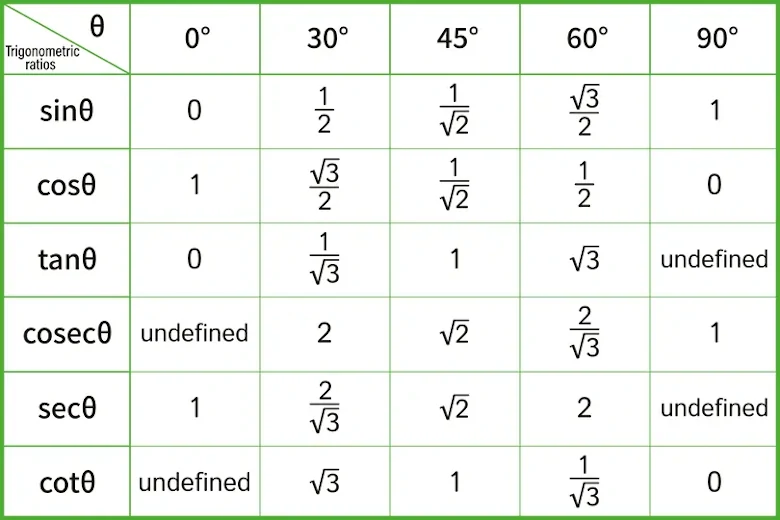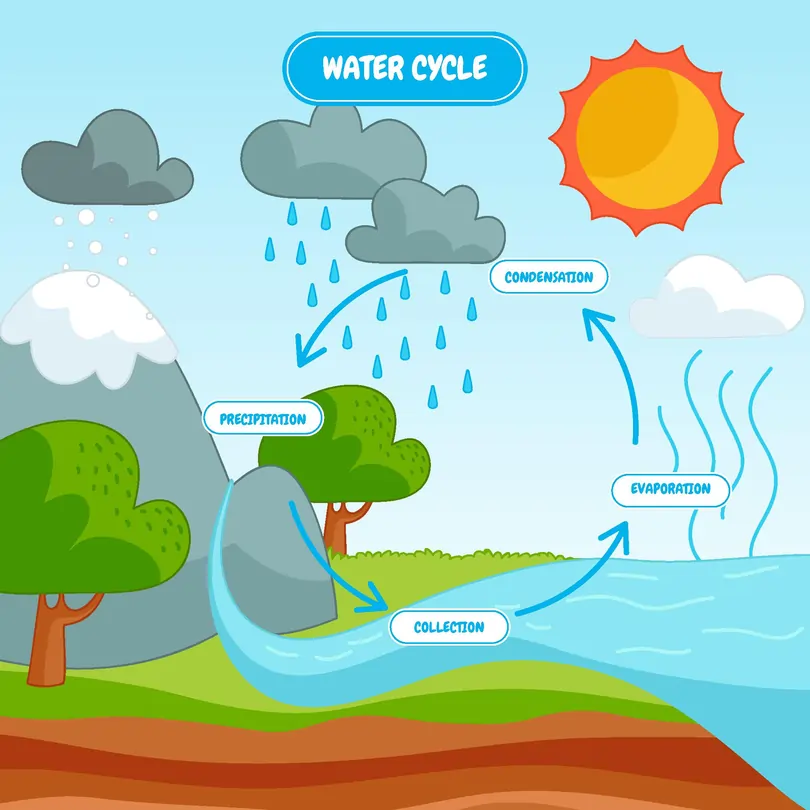Using onomatopoeia in compositions: Unleash the power of words
- Tags:
- Secondary English

Onomatopoeia is a literary device that imitates the sounds associated with the objects or actions being described. It adds depth and vividness to written compositions, making them more engaging for readers. In this article, we will explore various examples of using onomatopoeia in compositions. We will delve into its importance, provide practical examples, and discuss how it can elevate the quality of your writing.
Impact Of Onomatopoeia
Using onomatopoeia in PSLE compositions can significantly enhance the overall impact of the written piece. It allows the readers to experience the story more vividly by engaging their senses of hearing and imagination. By incorporating onomatopoeic words, writers create a multi-sensory experience that brings the narrative to life.
Here are some reasons why onomatopoeia is a valuable tool for students:
Enhanced descriptions
Onomatopoeic words provide precise and detailed descriptions, allowing readers to visualise the scenes more effectively. For instance, instead of saying "The dog barked," you can use "The dog let out a gentle "arf!”, which gives a clearer auditory image.
Immersive experience
When readers encounter onomatopoeia in a composition, they are actively engaged in the story. The sounds described through onomatopoeic words evoke emotional responses and immerse readers in the narrative.
Expressive language
Onomatopoeia helps writers convey emotions, actions, and sounds in a concise and expressive manner. By choosing the right onomatopoeic words, students can communicate effectively and create a lasting impact on their readers.
Examples of using onomatopoeia in compositions
Using onomatopoeia in compositions can transform mundane descriptions into vibrant and captivating passages.
Let's explore some examples of how onomatopoeia can be employed effectively in different scenarios:
Exploring nature
- The leaves rustled as the wind whispered through the trees, creating a soothing melody in the forest.
- The rain pitter-pattered on the rooftop, providing a comforting rhythm that echoed through the quiet night.
Action-packed moments
- The thunderous applause erupted as the hero emerged victorious on the battlefield, his sword clashing with the enemy's.
- The car screeched to a halt, leaving skid marks on the asphalt, as the driver narrowly avoided a collision.
Animal encounters
- The bees buzzed around the colourful flowers, their wings humming in perfect harmony with nature's symphony.
- The cat let out a contented purr as it curled up by the fireplace, its rhythmic purring filling the room with warmth.
Weather descriptions
- The lightning crackled across the dark sky, illuminating the ominous clouds and sending shivers down everyone's spines.
- The wind howled fiercely, rattling the windows and causing the curtains to dance to its wild tune.
Everyday sounds
- The alarm clock blared, jolting him awake and signalling the start of another busy day.
- The sizzling sound of bacon cooking in the pan wafted through the kitchen, enticing everyone to the breakfast table.
Emotions and sensations
- The baby giggled with delight, her laughter echoing like tiny bells in the room.
-
The crackling fireplace filled the room with warmth, evoking a sense of cosiness and comfort.
Sports and games
- The basketball swished through the net, the sound of victory echoing through the stadium.
- The dice clattered on the board, filling the room with anticipation as the players rolled for their fate.
Transportation and machines
- The train chugged along the tracks, its wheels clickety-clacking with each rhythmic movement.
- The printer whirred and hummed as it diligently produced page after page of printed documents.
Food and cooking
- The popcorn popped in the microwave, filling the room with the irresistible aroma of buttery goodness.
- The sizzling steak danced on the hot grill, releasing a tantalising scent that made mouths water.
These examples illustrate the versatility of onomatopoeia and its ability to evoke specific images, emotions, and sensations within compositions. By incorporating these vivid sound words, students can create a more immersive and engaging experience for their readers.
Frequently Asked Questions (FAQs)
Q: Can onomatopoeia be used in any type of writing, or is it specific to narratives?
Ans: Onomatopoeia can be used in various types of writing, including narratives, poems, and descriptive essays. It adds a sensory element and engages the reader's imagination.
Q: How can I come up with unique onomatopoeic words?
Ans: To create unique onomatopoeic words, you can experiment with combinations of sounds, phonetic variations, and personal observations of specific noises.
Q: Is there a limit to the number of onomatopoeic words I can use in my composition?
Ans: There is no set limit, but it's important to use onomatopoeia judiciously. Focus on using them in key moments or scenes where they will have the most impact.
Q: Can onomatopoeia be used in formal writing?
Ans: If you're writing a report or a formal letter and want to maintain a formal tone, it's best to avoid using onomatopoeia. It's more commonly used in creative or descriptive writing.
Q: How can I practice incorporating onomatopoeia into my compositions?
Ans: Read literature or poems that effectively use onomatopoeia and analyse how the words enhance the writing. Practice by incorporating onomatopoeia in your own writing exercises.


 SG
SG  VN
VN 


















